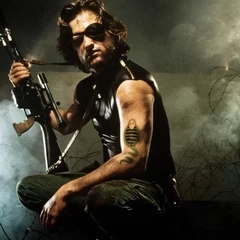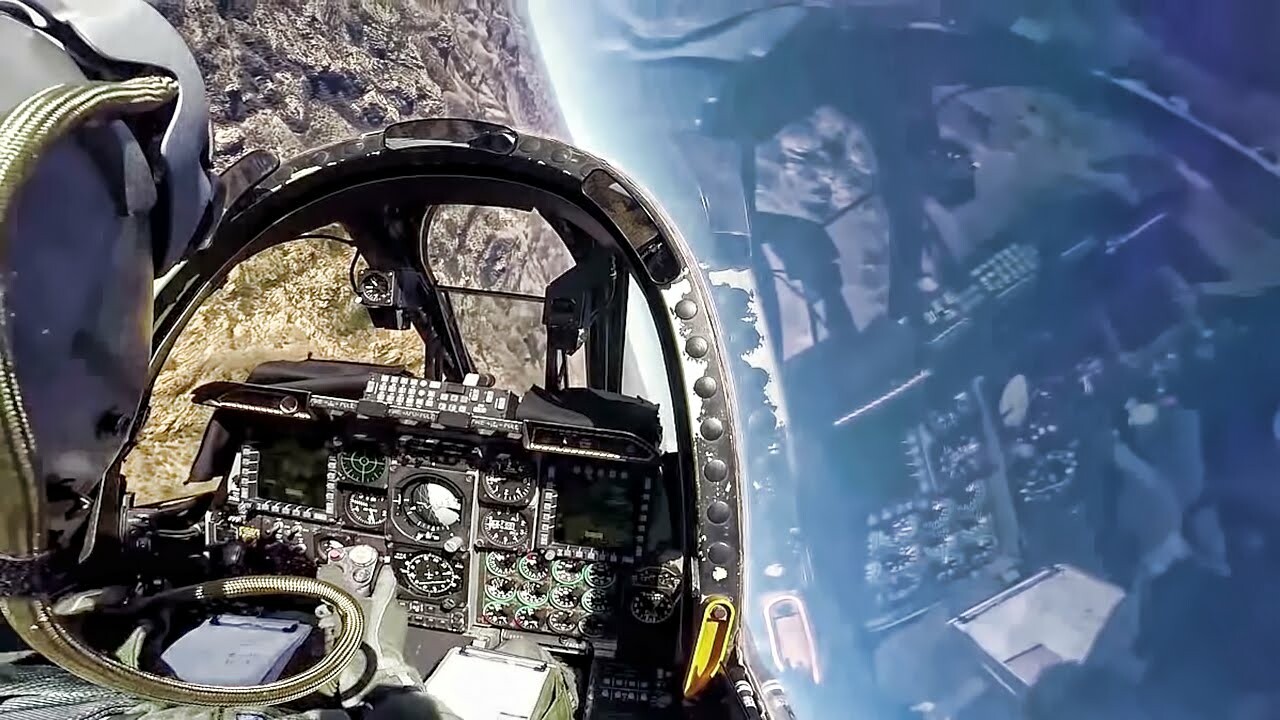-
Posts
811 -
Joined
-
Last visited
Content Type
Profiles
Forums
Events
Everything posted by Sn8ke
-

Unable to map TDC as an axis to TM Warthog Hotas throttle
Sn8ke replied to Major Corvus's topic in Bugs and Problems
I use the deltssim electronics tdc mod. What are the correct axis settings. Ie curvature, deadzone, etc -
I’m have an issues with MFDs and the A-10C. Using TM Cougar MFDs attached to MFD display screens. I have the displays occupying correctly the viewable screen. Here’s the issue…the menu items along the left and right OSB buttons are sitting about 1/2- 1 cm above the OSB buttons. Is this likely just a limitation of using the Cougar MFDs and their buttons not aligning with what is on the screen?
-
Could we possibly get an animated boarding ladder we could place/remove via ground crew radio menu?
-
Thanks!
-

Reworked Cockpit Views with proper Neck
Sn8ke replied to PeterP's topic in Utility/Program Mods for DCS World
Will there be an updated file for the Apache? -
Hey guys, just installed a new hard drive. What is the latest version of this mod, and does anyone have a link? Thanks!
-
Do you use Reshade or any other shader mod?
-
Excellent job!
-
Looks extraordinary!
-
They said once a developer is available they will reassign him/her to the A-10C II. Two weeks? Two Years? Been almost a year without an update to a released A-10C II.
-
It was already explained at the Apache’s release, it will be comoarable to a bare-bones “A’ model rather than a ‘D’ model longbow, with features coming out later in release. They have admitted they have spread their developers thin on many projects. Apparently, they only have one developer assigned to the A-10C II, and he was reassigned months ago to other projects, which is why we’ve seen virtually no updated]s on the A-10C II since release.
-
Most of my flight time IRL has been IFR. I keep hearing people saying, “We need ICLS on land-based airfields in DCS. In case the weather is bad.” No you don’t. The real life F/A-18C does not have a VOR receiver, a Localizer, or glideslope receiver. All components operating in completely different frequency ranges coupled together, required for either an ILS or DME Arc ILS. That is perfectly fine, the Hornet has a Tacan and a GPS. The Hornet can still fly the most popular approach into military airfields, the Tacan and high-tacan approach. This is a non-precision approach with VOR sensitivity on the CDI. Non-precision approaches can be flown in poor weather (IFR), and are often flown in IFR conditions. The difference between a precision approach and a non-precision approach is there is no vertical guidance. You fly a series of published step-downs using a pilot-calculated decent rate based on your ground speed, until you get to a published MDA (Minimum Decent Altitude). These MDA minimums are usually a few hundred feet above CAT 1 ILS minimums. Now, considering you have the runway in sight, or its approach lighting system, you may continue descending to a landing at the VDP (Visual Descent Point). Most if the time, the VDP is charted, however many times it isn’t, so you must calculate its approximate location. Now how do you land on a runway in poor weather which doesn’t have an instrument approach? Fly the non-precision Tacan approach to the opposite runway to circling minimums, and circle to land on the runway with favoring winds. Now lets say the METAR has visibility well below published minimums and radar minima, you can still land using a PAR (Precision Approach Radar). This is not simulated in DCS, or anywhere for that matter, as it required specialized radar and an approach controller providing constant corrections.
-
I’m a pilot IRL. Wake turbulence is real, and it is very violent. The sudden, un-commanded roll experienced in DCS is exactly what happens in real life, although it may not be perfect.
-
I mean, you can set up all the TACANs in the sim to display bearing/range, however from a MILSIM perspective I disable bearing for realism's sake.
-
IRL tankers don’t have bearing, mainly because they are unarmed and unescorted. AWACS can give you bearing/range over secure nets, or you can use your radar and SA functions.
-
Not sure how far into infrared technology ED went with this last update, however IRL gains and levels (Brightness and contrast) must be adjusted constantly, its based of frequencies of light, which vary from location to location, temperatures, atmospheric conditions such as temp/dewpoint spread, fog, etc.
-
Gonna be about two weeks.
-
Any chances in getting a good VMFA-323 Death Rattlers line jet?
-
Thanks!
-
Which year is our Hornet from?
-
Newly started up 3rd Marine Air Wing is currently recruiting F/A-18C and AV-8B Night Attack Harrier drivers (Some experience required). What we are: 3rd MAW is a real-sim virtual USMC Air Wing simulating some of the last remaining United States Marine Corps’ F/A-18C and AV-8B squadrons assigned to the 3rd Marine Air Wing at MCAS Miramar and Yuma. We will specialize in close air support (CAS) and strike missions as they are conducted in support of the Marine Air/Ground Task Force (MAGTF). As Fighter/Attack pilots, we will also perfect our air-to-air skills in both BVR and close-in ACM environments. Deployment wise, we will conduct deployments both on the boat and land-based. Maps utilized will consist of NTTR, Marianas, Persian Gulf, and Syria. Boat operations will be conducted on both the Super Carrier module and Tarawa (Harrier). We will be standing up (2) F/A-18C squadrons (VMFA-232 ‘Red Devils’/VMFA 323 ‘Death Rattlers’) and one AV-8B squadron (VMA-214 ‘Black Sheep’). - Missions will be conducted as realistically as possible, down to radio comms procedures, radio brevities, mission cards, carrier launch windows, tacform, boat recovery cycles, etc. - As far as experience required, please be proficient with the following task(s): - Realistic aircraft start up, including check-list usage. - Perform take-offs, landings, and basic flight maneuvers such as turns, climbs, and descents. - You don’t have to be perfect, however please be able to land on the boat. - Be able to air-to-air refuel. - Weapon systems, TGP (Both Litening and ATFLIR), radar fundamentals will be covered thoroughly in our work-up cycle. Thorough knowledge of such systems is desired, however not necessary. -Missions will be designed based on the collective input and design of all those participating, as we are not only accurately simulate real world operations, we are mist importantly here to have fun. I understand many of us are working adults from multiple time zones. Scheduling of missions will be based on everyones’ schedules, with events at least once a week if possible. As for now, respond here if interested, a Discord channel will be started up shortly.



